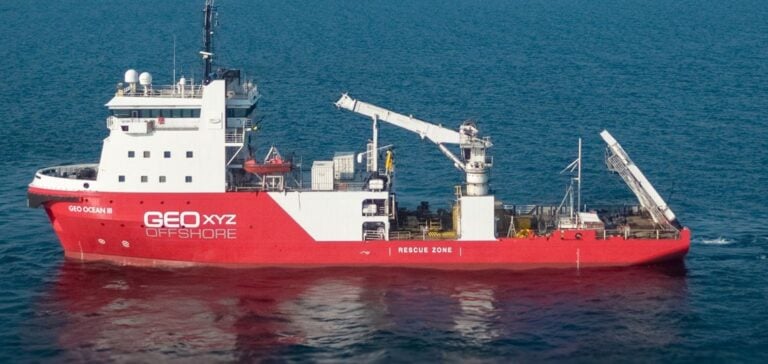Ofgem, the UK’s energy regulator, has officially approved the costs of the Eastern Green Link 2 (EGL2) project.
This infrastructure, which will link Peterhead in Scotland to Drax in England via a 525 kV, 2 GW high-voltage direct current (HVDC) submarine cable, represents the most significant investment in the history of the UK transmission network.
Scheduled to enter service in 2029, EGL2 is designed to relieve congestion on the grid, particularly between Scotland and England, strategic areas for offshore wind power generation.
This approval marks the start of the construction phase for the 500 km-long link, which will play a crucial role in optimizing the distribution of renewable energies.
The North Sea, which borders these regions, is a major site for wind farms such as Seagreen Wind Farm (1,075 MW) and Dogger Bank Wind Farm (3.6 GW).
The EGL2 project is therefore part of a wider drive to boost grid capacity without the need for major additional onshore infrastructure.
Collaboration and Strategic Investments
EGL2 is the result of a collaboration between National Grid and SSEN Transmission, two major players in UK electricity transmission.
The project is part of SSEN’s Pathway to 2030 program, which includes a £20 billion investment to modernize Scotland’s electricity network.
The Prysmian Group will manufacture 1,000 km of HVDC cables, while Hitachi Energy and BAM will build the necessary converter stations at each end of the submarine link.
This infrastructure responds to the needs identified by National Grid operator ESO, which in its “Beyond 2030” report highlighted the need to improve transmission infrastructure to eliminate bottlenecks and ensure more efficient distribution of electricity.
The rapid approval of this project was facilitated by Ofgem’s Accelerated Strategic Transmission Investment (ASTI) regulatory framework, which reduces approval times for strategic projects by up to two years.
Regulatory and financial impact
Ofgem’s ASTI framework, designed to accelerate the development of critical infrastructures, does not translate into financial laxity.
The regulator retains the ability to intervene to adjust costs, thus guaranteeing the economic efficiency of the project and the protection of consumer interests.
With a total investment estimated at £4.3 billion, EGL2 is an emblematic project that marks a milestone in the evolution of the British transmission network.
The outlook for the sector is promising, with other similar initiatives in the pipeline, such as a third Eastern Green Link to connect Peterhead to Lincolnshire in England.
These projects demonstrate the UK’s ongoing commitment to investing in robust, sustainable infrastructure to support the transition to a low-carbon energy mix.






















